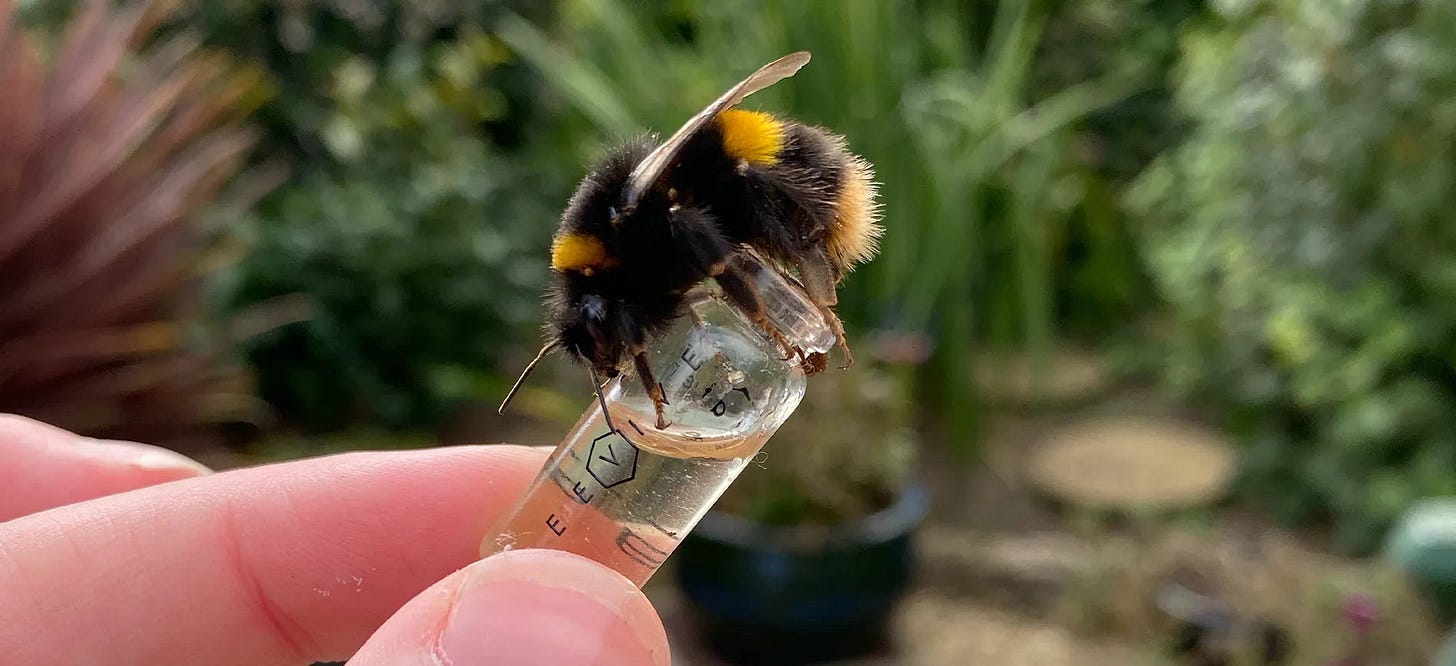This is a linkpost for GFI’s most recent report on trends in scaling cultivated meat.
As a student, I spent over 10 years studying human diseases and pandemics. I constantly asked myself: how can I increase my impact? My pharmaceuticals job felt unlikely to be the best answer.
As I learned more about the cruelty in the meat, dairy and egg industries, I realized that we need technology to replace animal agriculture in addition to individuals choosing to go vegan and promoting veganism. We need to change the culture and educate individuals, but we also need to change the system.
As a cultivated meat senior scientist at GFI, I spent a lot of time last year conducting a survey to determine trends in cultivated meat production, identify challenges, and provide useful insights to investors, researchers, and suppliers.
Below are the selected key insights from the report.
- The industry currently operates on a small scale, with most productions at the kilogram level. Many companies plan to scale up with large bioreactors in the next three years, enabling significantly larger annual production in the order of tons.
- Companies are exploring various bioprocessing techniques and bioreactor designs for process optimization, including stirred-tank or air-lift bioreactors, fed-batch or continuous modes of operation, and strategies like recycling and filtration to reduce costs.
- Some companies face knowledge gaps in regulatory affairs, signaling a need for collaboration with regulatory agencies to establish frameworks.
- Cultivated meat companies are investigating diverse fit-for-purpose scaling strategies, bioreactors, and operational methods. Due to the specific requirements of each cell type and product, a universal bioprocess and scaling solution may not be feasible. Consequently, there’s a demand for additional techno-economic models and experimental data to fine-tune bioprocesses for each specific product type.




For anyone interested in how to go from research to large-scale production, there recently was an article about that in Works in Progress: https://worksinprogress.co/issue/getting-materials-out-of-the-lab/